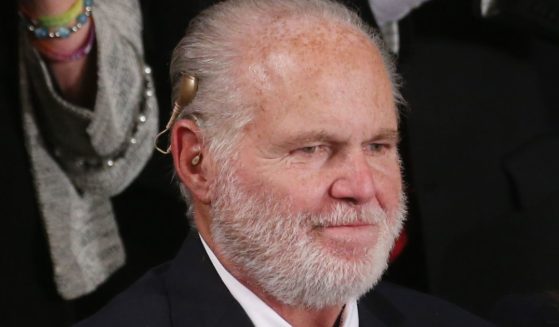
As census approaches, many Arab Americans feel left out
PHOENIX (AP) — Yousuf Abdelfatah already knows the answer he’ll give about his race on the 2020 census questionnaire will be wrong.
He’s an Arab American, but the only race options on the census are white, black, Asian and categories for American Indian, Alaska Native, Native Hawaiian Pacific Islander. Reluctantly, Abdelfatah will mark white.
“If you look at me, my skin is darker, I’m visibly not white,” said the 22-year-old research assistant. “I’ve lived my life as a person of color, but I’m categorized as white.”
With the census going to printing presses later this year, Arab Americans are again feeling left out of a process that helps draw the nation’s political map and provide an accurate population count, which in turn can determine how much federal funding minority groups get for government programs and medical research.
Organizations have long been pushing for a separate Middle Eastern or North African category but realize it’s probably too late for 2020 with questionnaires ready to be printed.
“The census is in our Constitution and it’s meant to count everyone,” said Maya Berry, the executive director of the Arab American Institution.
According to census estimates, the Arab American population is measured at just over 2 million people. The Arab American Institute, however, says that number is closer to 3.6 million.
Underreporting from the census has come amid a rapid growth of the community, which advocates say has increased by more than 72% between 2000 and 2010.
Population data is a key factor in political redistricting, researching human rights, monitoring government programs and antidiscrimination laws, meaning Arab Americans are subject to a lack of representation and health and social services.
“Right now we have that ‘white’ designation on paper but we don’t benefit from it,” said 24-year-old activist and organizer Naia Al-Anbar. “The truth is we aren’t ever going to be white in their eyes and we will still be discriminated against.”
Al-Anbar, who generally supports the idea of a new category, has a Saudi Arabian father and would mark “other” on the census if a more precise category isn’t offered.
The Arab American Institute considers 22 countries to consist of Arabs, spanning Africa and Asia, meaning Arab Americans can fall into several categories provided in the survey.
This creates an odd decision during the census for Arab Americans. Does someone from Egypt, for example, check the African American box because their home country is in Africa? Would someone from Iraq be expected to mark that they are Asian?
“As an Egyptian, I considered marking ‘African American’ but I’m not black,” 24-year-old Nashville resident Dina El-Rifai said. “However, marking ‘white’ doesn’t reflect who I am or the diversity I bring.”
In another complicating factor, the Trump administration wants to ask people whether they are American citizens on the census — an issue that is supposed to be resolved by the U.S. Supreme Court this summer before the forms are printed. Some fear that will stifle participation among various immigrant groups, especially in the aftermath of the administration’s travel ban from Muslim countries that spread fear among Arab Americans.
This question would discourage 30% of Arab Americans from taking the survey, a study by the American-Arab Anti-Defamation Committee found.
The Arab American Institute and other groups have worked on getting an Arab category introduced in the census for decades but have always been met with opposition. That was until 2009, when the Census Bureau concluded that it would introduce a Middle Eastern and North African category for the next cycle after years of trials and tests. Test results found that the vast majority of Arab Americans supported the issue and would mark the new option on the census.
But the momentum came to a halt when a new executive government was voted in to power.
“After all that work, and all the millions spent, the Trump administration came in for what we believe are political reasons to put an end to it,” said Samer Khalaf, president of the American-Arab Anti-Defamation Committee. “Their reasoning was that additional testing would be required.”
The Census Bureau did not comment about the Middle Eastern category, but pointed to previous news conferences where policy leaders discussed how more research was needed to include a Middle Eastern/North African category not as a race, but as an ethnicity.
“We do feel that more research and testing is needed before we can proceed to implement or propose to implement a separate Middle Eastern or North African category,” Census Bureau chief of Population Karen Battle said at a program review in January 2018.
That would be a step in the right direction for many Arab Americans, as it could lead to a better count and more research and federal funding to benefit their communities.
“The most important thing is that we are on the cusp of getting the Census Bureau to finally get the category that would help identify our community,” Khalaf said. “If we were able to get data, we can work on civil rights, and maybe they’ll know whether or not we have a higher rate of diabetes or heart disease.”
The Western Journal has not reviewed this Associated Press story prior to publication. Therefore, it may contain editorial bias or may in some other way not meet our normal editorial standards. It is provided to our readers as a service from The Western Journal.
Truth and Accuracy
We are committed to truth and accuracy in all of our journalism. Read our editorial standards.
Advertise with The Western Journal and reach millions of highly engaged readers, while supporting our work. Advertise Today.












